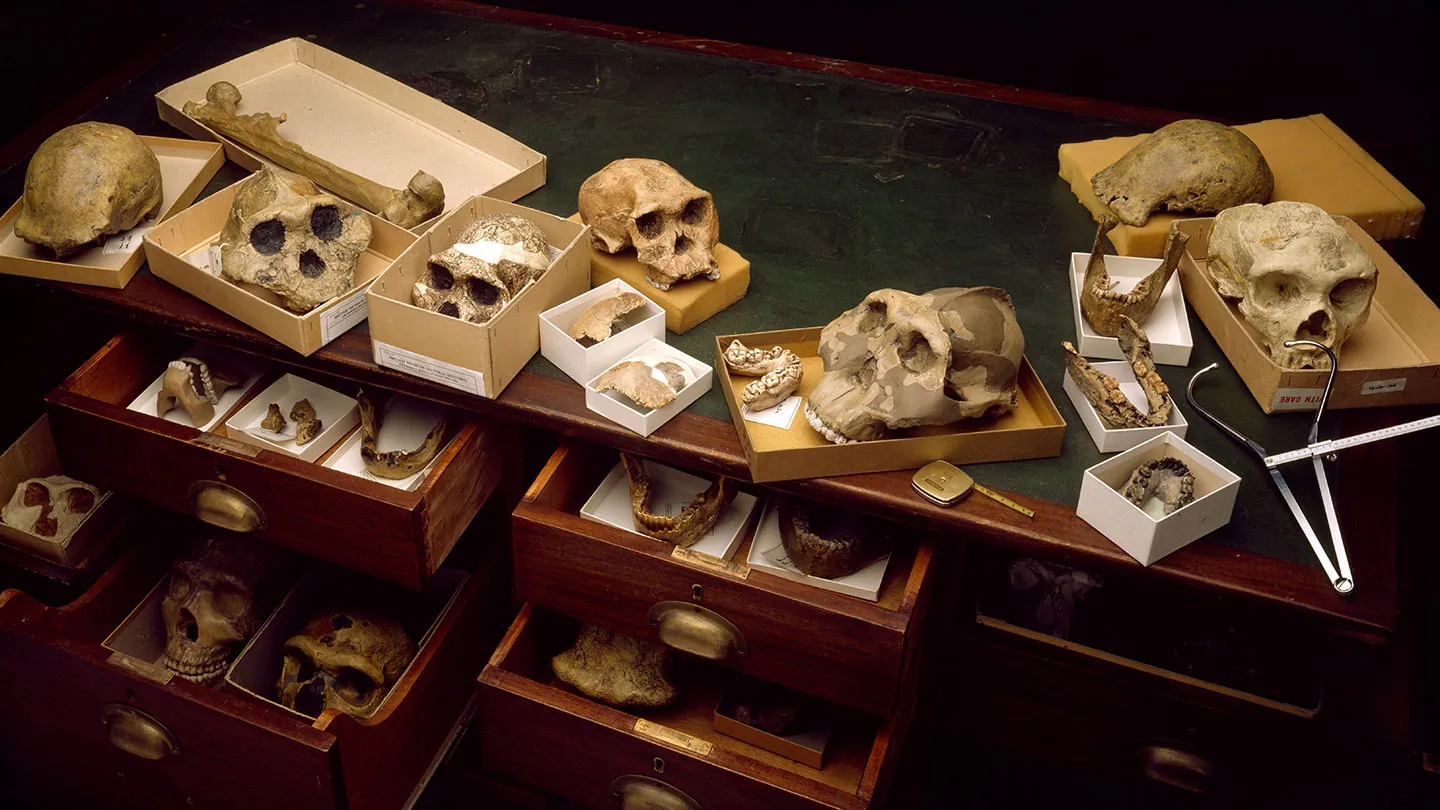Newly Analyzed Ancient DNA Uncovers Unique Neanderthal Lineage With Over 50,000 Years of Independent Evolution

Neanderthal Fossil Analysis in France Discovers Isolated Lineage That Evolved Independently for Millennia
In a groundbreaking discovery, researchers have uncovered a previously unknown lineage of Neanderthals based on DNA extracted from a fossil found in the Grotte Mandrin rock shelter in France. This individual, referred to as “Thorin,” represents a Neanderthal population that evolved in isolation for nearly 50,000 years, providing new insights into the complex tapestry of Neanderthal evolution and their survival strategies across Europe. This discovery challenges the previously held notion that Neanderthals were a homogenous group and underscores the importance of geographical and temporal factors in their evolutionary history.
Evidence of Genetic Separation
The analysis of Thorin’s DNA revealed that he belonged to a distinct Neanderthal population that had been genetically separated from other European Neanderthals for tens of thousands of years. Unlike other Neanderthal fossils, which often exhibit signs of interbreeding with both Neanderthals and early humans, Thorin’s genetic markers do not indicate such interactions. This isolation suggests that his group maintained a unique evolutionary path, shaped by the specific environmental and ecological conditions of their habitat in southeastern France.
A Unique Genetic Profile
Thorin’s genetic profile exhibits a remarkable percentage of identical gene pairs, indicative of a small, closely-knit population. This finding points to a high degree of inbreeding, which is likely to have been common in his isolated community. The implications of such genetic isolation are significant, as they highlight the challenges faced by small populations in maintaining genetic diversity and adaptability. This situation could have influenced their survival and reproductive strategies over thousands of years, further complicating the narrative of Neanderthal life and their eventual extinction.
Implications for Neanderthal Studies
This discovery opens new avenues for understanding Neanderthal behavior and adaptation. The presence of a genetically isolated group suggests that different Neanderthal populations may have developed unique cultural and survival strategies, potentially influenced by their local environments. By examining the lifestyles, diets, and social structures of these distinct groups, researchers can gain a more nuanced understanding of how Neanderthals navigated the challenges of their time.

Broader Context of Neanderthal Extinction
The revelation of Thorin’s lineage also raises questions about the factors contributing to Neanderthal extinction around 40,000 years ago. While many theories have focused on competition with early modern humans or climatic changes, the isolation of certain groups may have left them particularly vulnerable. The genetic bottlenecks and limited adaptability of small populations could have hindered their ability to cope with environmental shifts and competition, ultimately impacting their survival.
Future Research Directions
As researchers continue to analyze ancient DNA, they hope to uncover more about the intricate web of Neanderthal populations across Europe. The study of Thorin and his lineage paves the way for further investigations into how geographical barriers and social structures influenced Neanderthal evolution. Understanding the dynamics of these isolated groups can provide critical insights into the broader narrative of human evolution and the various paths taken by our ancient relatives.
Conclusion
Thorin’s story, encapsulated in the genetic data from his fossil, serves as a powerful reminder of the complexity of Neanderthal existence. As we delve deeper into the past, each new finding enriches our understanding of these fascinating hominins and their intricate relationships with the environment and each other. The legacy of Thorin and his isolated lineage invites us to reconsider not only the Neanderthals’ evolutionary journey but also the broader implications for our own species’ history.





















